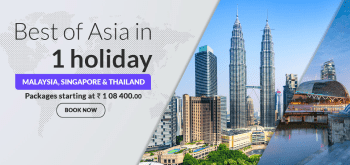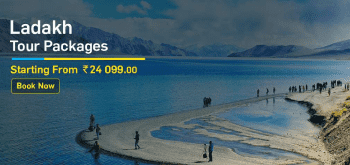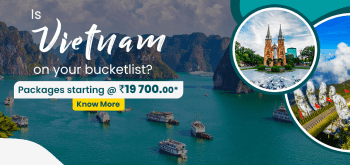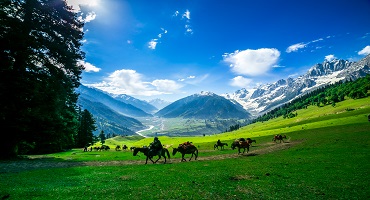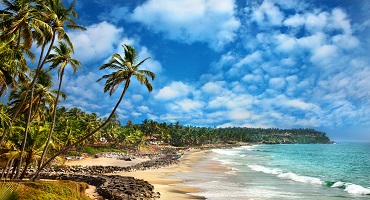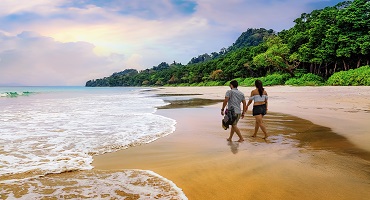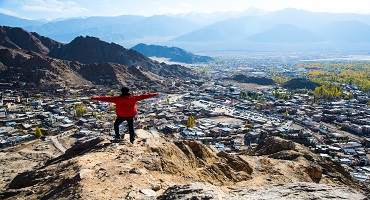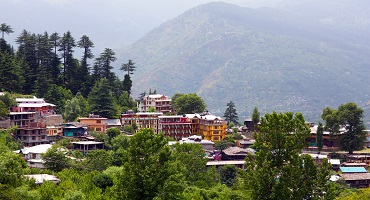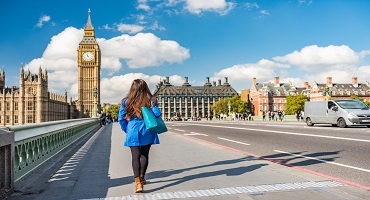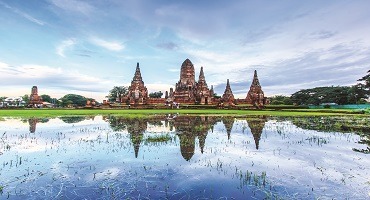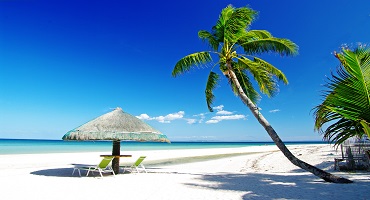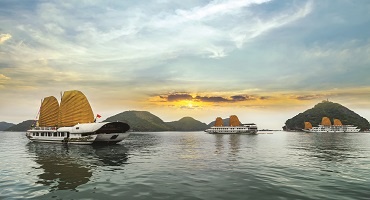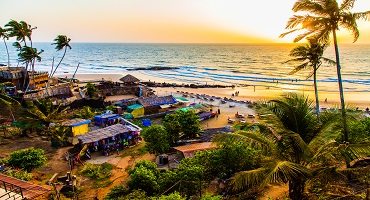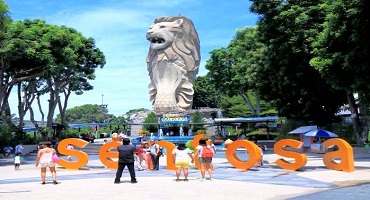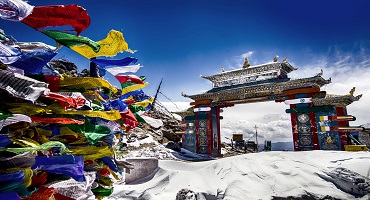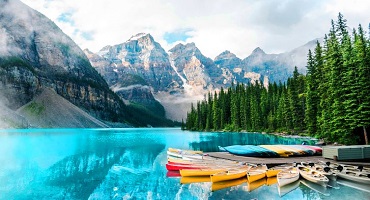Kerala – The garden of Eden
Tranquil backwaters. Manicured tea estates. Enchanting forests. Beguiling mountains. Just some of the many images of Kerala tourism that conjures in our minds. A palette of emerald, turquoise, and chestnut - Kerala is nothing short of a Van Gogh masterpiece. The state is home to lovely cities, each with its own charm and special purpose. Ideal for a little romance, a little fun at the beach, heavenly trails, and solitude galore! Teeming with history, and a gripping back story, Kerala will creep its way into your mind as it did with your heart.
| Kerala Tourism: A Quick View of the state |
| Capital |
Thiruvananthapuram |
| Official Language |
Malayalam |
| Dial Code |
471 (Thiruvananthapuram) |
| Population |
37.312 million (as of 2018) |
| Currency |
Indian Rupee (INR) |
| Time Zone |
UTC+05:30 (IST) |
| Area |
38,863 square km |
Highlights of Kerala Tourism: Explore, Engage, Experience
Alapuzha
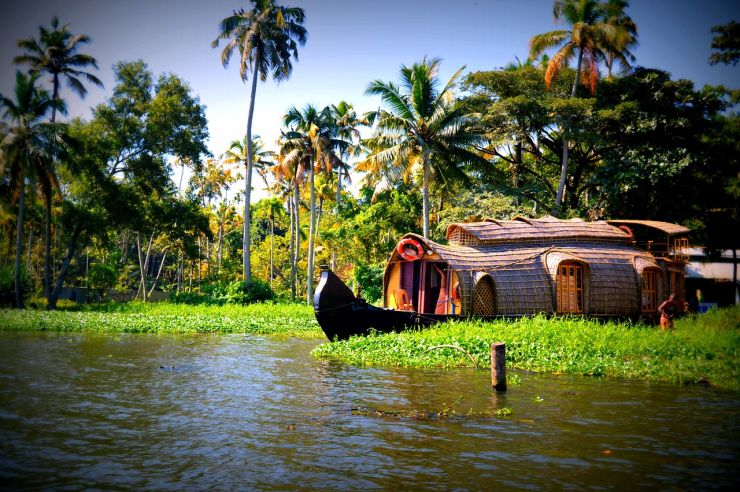
Kerala’s very own Venice – Alapuzha, is a charming town blessed with a repertoire of canals, backwaters, lagoons, and beaches. Alapuzha lighthouse glistens like a candy cane, with red and white stripes spearing 30m into the air. A climb up its teak spiral staircase will lead to a mesmerizing view of the city. Alapuzha beach, not only offers its visitors a stunning panorama of ivory-sapphire landscapes but is home to the fascinating sand art festival that attracts international artists galore. You can even walk across a 150-year-old pier that extends into the sea’s belly, or tour in one of its quaint house boats. It is the perfect place to be, during twilight. Krishnapuram Palace is an old Kerala style museum endowed with a gabled roof, dormer windows, and a narrow corridor. The western end of the ground floor houses a 154 square feet mural called Gajendra Moksham. Wouldn’t you like to check this one out?
Wayanad
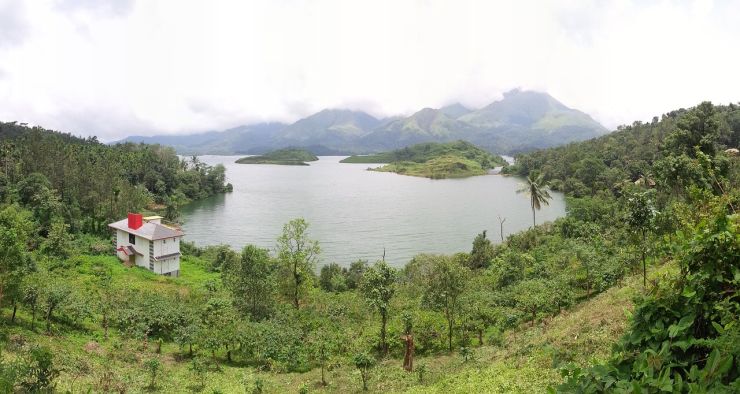
Lime green mountains, speckled with chocolate rocks, and emerald trees – this is what Wayanad’s majestic peaks look like from a distance. Lyrically speaking, there is no mountain high enough, no valley low enough, and no river wide enough that will keep you from this stunning tourism of hilly district. Visit Wayanad Wildlife Sanctuary, that spans 344 km of luxuriant forests and jewelled flora. When sunlight trickles through the trees, it is a magical sight to behold. Here, you can spot heroes of both ends of the food chain – the royal tiger, and the graceful deer. Trek up to Banasura Hill, which is one of the tallest peaks in the western Ghats. Your journey through turquoise-harlequin expanses will be equal in splendour to the misty views from the summit.
Kochi
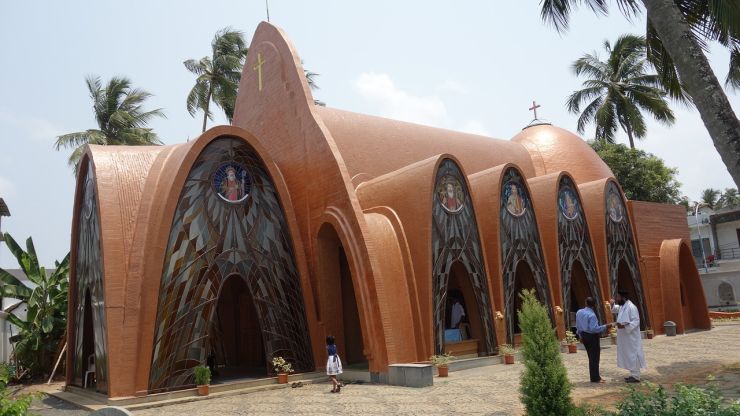
Kerala’s financial capital, and bustling port city – Kochi, is a symphony of local and foreign influences on Kerala tourism and culture. Visit the original burial ground of the great explorer, Vasco Da Gama, at St. Francis Church. Take in quintessential port culture, by observing The Chinese fishing nets - a gift from former Chinese Emperor Kublai Khan. Take a historical tour through the city’s numerous museums - Hill Palace Museum, Indo-Portuguese museum, and Kerala Folklore museum. And then, there is always Kochi’s golden beaches - perfect for an evening of relaxation. Cherai beach offers everything one needs for a little ‘me time’ – swaying palms and soft glittery sand. Indulge your appetite for all things Kerala at Oceanos, a lovely seafood restaurant that offers traditional Kerala cuisine. We recommend the Seafood Avial (cooked in crushed coconut masala), Thiru Kochi Mango Fish Curry, and Portuguese style Seafood Cataplana (cooked with garlic, onion and wine).
Varkala
You will discover that Varkala is the only place in southern Kerala to have hills lying adjacent to the sea. A playground for backpackers, this picturesque city fosters a quirky culture. Here, little shops sell patterned clothes and silver jewellery. And, restaurants offer succulent seafood and lively music. You must walk along the shores of Varkala beach. It is believed that the warm water has mystical properties that wash away all sins. Visit the impressive Anuchuthengu Fort. Built in 1696, it served as a signalling station for ships arriving from London. It stands stern and tall, amidst an array of colourful fishermen huts. For a little spiritual contemplation, head to Janardanaswamy Temple. Dedicated to one of Lord Vishnu’s avatars, this 2000-year-old temple is a fine example of Dravidian architecture.
Munnar
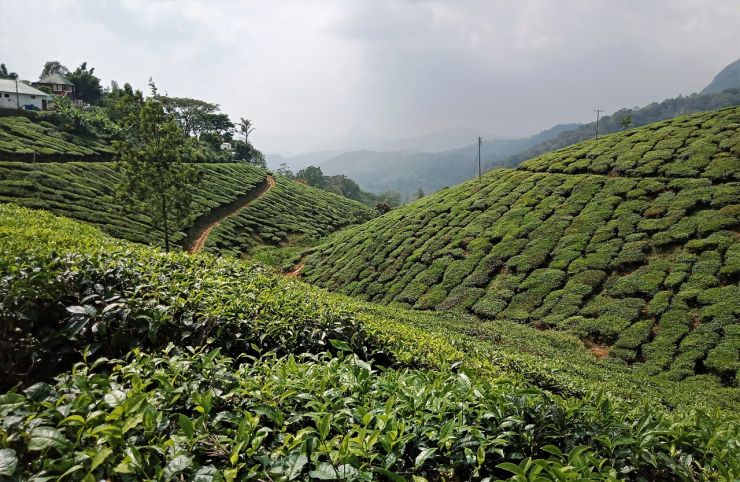
The perfect cup of tea requires the right balance of tea leaves, milk and sugar. Munnar’s brilliant beaming hills are laden with jade tea estates that stretch beyond the eye. Lockhart Tea Museum is one of the oldest tea plantations in the region. Established by Baron John Von Rosenberg, it produces 20 million kg of tea annually. While there, you can observe the many stages of tea processing, and look at some of the older machinery used. While traversing through Munnar, you must glimpse Mattupetty dam, Anamudi, and Pothamedu point. They offer sceneries right out of a fairy-tale.
Interesting facts about Kerala Tourism: Golden nuggets for the mind
- Kerala is the second cleanest state in India, falling just behind Sikkhim.
- Somatheeram, in Kerala, is the world’s first ayurvedic centre.
- Kerala consumes 20% of India’s gold, as is reflected in its brides’ attire.
- India’s most literate state is Kerala, with an impressive 93.91% literacy rate.
- Kerala has formerly been mentioned in National Geographic’s list of 10 paradises in the world.
- Kerala is in the top 5 states in India, with regards to the highest alcohol consumption.
Location
Behold, the spice coast of India. Situated on the southwestern Malabar coast of India, is the lush state of Kerala. Kerala shares its border with Karnataka in the north, Tamil Nadu in the south and the east, and the confluence of the Lakshadweep Sea and Arabian sea to the west.
Timings: Best time to visit Kerala
October to February is an ideal time to pack your bags and head to Kerala. The weather is pleasant, due to a significant drop in temperatures. June to August experiences heavy rainfall but is the perfect time for Ayurvedic treatments. Hence, you should select the season, depending upon your needs.
How to Reach Kerala: Your transport itinerary
By Road – Whether you avail of a bus, taxi, or car, Kerala is well connected to the rest of the country, and directly connected to Karnataka and Tamil Nadu. You can opt from National Highways 17, 47, and 49. The drive is undoubtedly picturesque.
By Rail – There are direct trains to and from Delhi, Mumbai, Chennai, Bangalore, Kolkata and other major Indian cities. Most trains stop in either of the two stations in Kochi.
By Sea – Cruise ships are available from Mumbai, Goa, Lakshadweep, Colombo and Male. Wouldn’t you like to experience the beauty of such a journey?
By Air – Cochin International airport is well connected to all the major cities in India, as well as the world. The main city centre is a mere 29km away from the airport.
History of Kerala: Past Glories
Pre-historical archaeological findings suggest the existence of the Neolithic, Mesolithic, Megalithic, and Palaeolithic periods, along with the glorious Indus Valley Civilization. During the ancient period, Kerala’s rich spice trade attracted the Babylonians, Assyrians, and Egyptians. The first ruling dynasty during this time was that of the Cheras. It was not long before southern European, western Asian, and middle eastern colonies started developing. Early medieval period witnessed the rise and fall of several kingdoms such as - Kulasekhara Dynasty, Venad Kingdom and Samuthiri kingdom. By the end of the 18th century, the state of Kerala was completely annexed by the British. It was in 1956, through the States Reorganisation Act, that the state of Kerala as we now know it was formed.
The more you know about Kerala’s past and Kerala's tourism, the better prepared you are to enjoy its many delightful sites.





